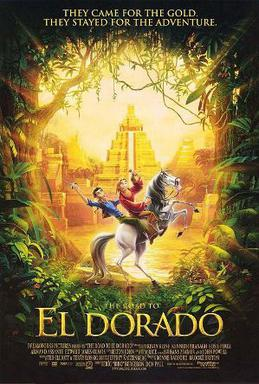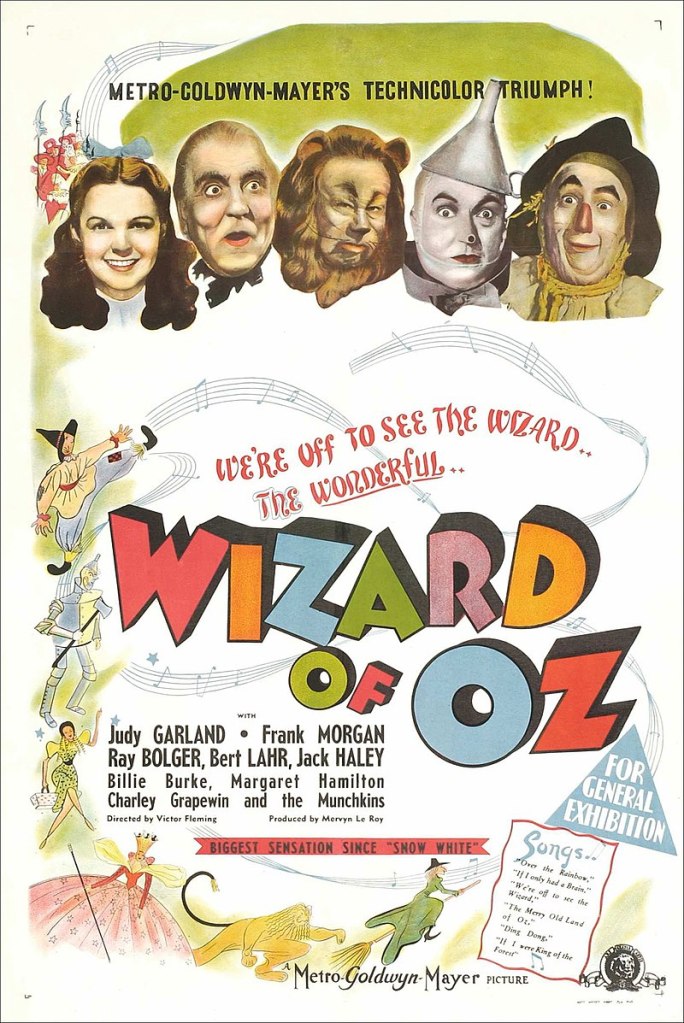1946. World War II had just ended the previous year, and the Allies’ victory had long since been celebrated. It was time to return to normal, but for the brave men and women who were coming back from overseas, there was no longer any normal to return to. Soldiers had a difficult time reacclimating to life back in the States, most suffering from PTSD and not knowing how to cope with it. The world moved on, and before long, people know longer cared about the valor and the sacrifice of these veterans. Still to this day, we don’t really know how to rehabilitate those who have seen war.
The Best Years of Our Lives was released that year that I mentioned earlier. It follows the lives of three men coming back from the war. There’s Fred Derry (Dana Andrews), who was a captain in the Air Force, Al Stephenson (Fredric March), an Army sergeant, and Navy officer, Homer Parrish (Harold Russell). The men bond as they travel home and then part ways to return to their families. Homer goes back to his parents and his girlfriend, Wilma (Cathy O’Donnell). Homer’s self-consciousness eats away at him as every seems to be staring at his mechanical hooks that have replaced his hands (Harold Russell was not an actor – he was an actual officer who had lost his hands in a bomb-diffusing exorcise and was chosen for the part for the sake of authenticity). Though he had written letters to Wilma professing his love and promising marriage upon his return, he no longer believes that will want to marry him. Al returns to his family and his job at a bank, but while his son is still in high school and oblivious to the change in his father, Al’s wife, Milly (Myrna Loy), and older daughter, Peggy (Teresa Wright) witness his descent into alcoholism first-hand. They go out bar hopping at Al’s request to celebrate his return and run into Fred at one establishment. Fred is there because he can’t find his wife, Marie (Virginia Mayo). Before he shipped off, they quickly got married and lived with his parents, but while he was in the war, Marie moved into an apartment and started working at a nightclub. Fred, not knowing which nightclub she is at, bar hops as well. After their night of revelry, the Stephensons take Fred to the apartment he thinks his wife is at, but when he rings the buzzer, no one answers. Peggy and Milly help him back to their car (Al is out cold in the back) and give him a place to stay at their apartment for the night. During the night, it’s revealed that Fred suffers from PTSD and night terrors.
Homer shows Wilma his bedtime ritual of getting his hooks removed, leaving him helpless, but she is undeterred and still wishes to marry him. Fred struggles to find work with no apparent skillset and returns to the soda jerk job he held before the war. Marie’s frustration by his financial floundering and a desire to return to her nightlife leads her to file for divorce. Al is criticized for offering a loan to a veteran who has no collateral and agreeing to the loan based solely on a “feeling”. Meanwhile, Peggy and Fred develop feelings for one another, which puts Fred and Al at odds with each other (at the time, Fred is still married to Marie). Homer comes to visit Fred at work one day and another man tells Homer that he lost his arms for no reason, that the US shouldn’t even have been in the war in the first place. Homer reacts angrily, but Fred steps in and punches the man on Homer’s behalf, effectively getting him fired from his job. At his wit’s end, Fred attempts to leave town but, while waiting at the airport, takes a walk through an aircraft boneyard. A workman tells him to leave, as they are preparing to scrap the planes and use the material for building houses. Fred asks for and receives a job. The film ends at Homer and Wilma’s wedding. There, Fred and Peggy reconnect and are seemingly on their way to getting together.
William Wyler, the film’s director, fought in World War II himself, and considered this project very close to his heart. He was also one of the most prolific directors of all time, and yet, he is not a household name. His films include Dodsworth, Jezebel, Wuthering Heights, The Westerner, The Letter, The Little Foxes, Mrs. Miniver, The Heiress, Roman Holiday, The Desperate Hours, Friendly Persuasion, The Big Country, The Children’s Hour, How to Steal a Million, and Funny Girl. Oh, and one of those little films you’ve probably never heard of, Ben-Hur. It’s an impressive collection, and even more impressive are some of his stats. He is tied with Frank Capra for second-most Best Director Oscar wins (3), only behind John Ford (4), and is tied with Steven Spielberg for directing the most Best Picture nominees (13), and is the only director to have directed three Best Picture winners, The Best Years of Our Lives being one of them.
Among the many accolades this film has received over time, one of the most interesting ones is that Harold Russell is the only person in Oscar history to win two awards for the same performance. With how the categories work out, this is typically not possible. However, the Academy didn’t expect Russell to win the actual Best Supporting Actor award, but they wanted to recognize his work on the film and his military sacrifices, so they gave him the Academy Honorary Award that evening. He ended up winning Best Supporting Actor too. What I’m getting at is that Harold Russell did not leave the Oscars empty-handed.
Anyway, this movie is worth watching simply because it’s a good drama with rich characters, but also for it’s technical significance. The film was shot primarily in deep focus, which is not a common technique in cinematography, because it keeps everything – the foreground, the background and the middle-ground – in focus. Normally, the camera shifts focus and the unimportant events are blurred while our attention is drawn to whatever is in focus, but because of the use of deep focus, Wyler was able to tell more of the story in a single shot. Here are some examples, and be excited! I rarely bring visual aids.
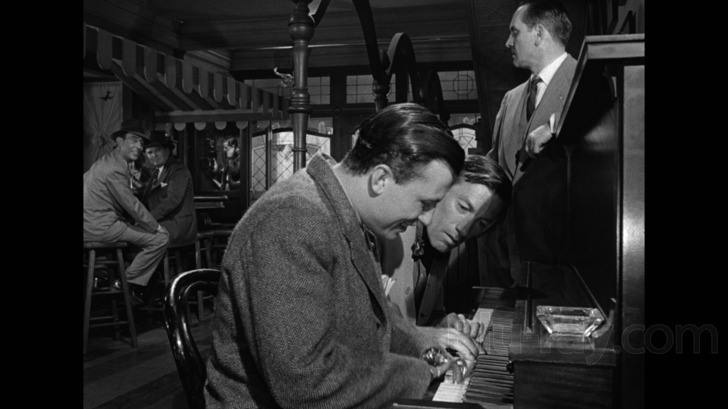
This scene gets discussed a lot because of what it accomplishes. Homer and his uncle, Butch, sit at the piano to show Al what they’ve been working on together. Fred is back in the phone booth, calling Peggy to tell her they shouldn’t see each other anymore, at Al’s request. Al is able to move his attention between the two events without the camera having to move or switch shots.
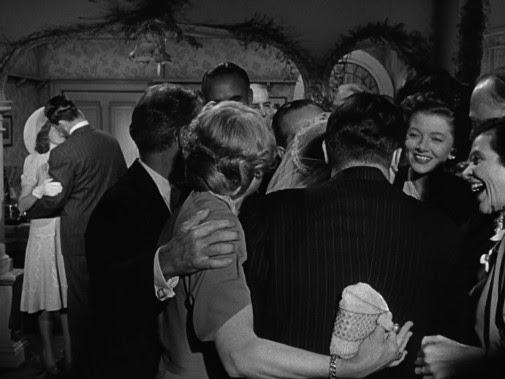
Here’s another example at the very end. Everyone in the foreground surrounds Homer and Wilma, congratulating them on their wedding, while Fred and Peggy, away from everyone else’s attention but not from ours, rekindle their romance.
Thanks for coming to my TED Talk.
Bonus Review: The Grapes of Wrath
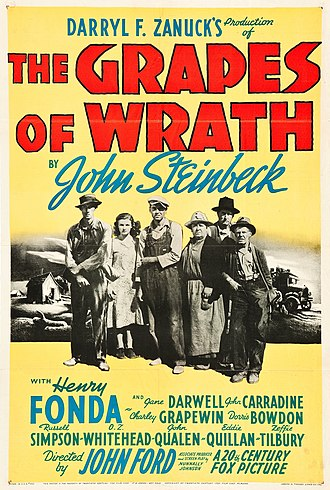
Some say that The Grapes of Wrath is John Steinbeck’s best work and the Great American Novel. Some say that The Grapes of Wrath is John Ford’s best film. People say a lot of things. The Grapes of Wrath follows the Joad family, farmers from Oklahoma during the time of the Great Depression, as they get their kicks out on Route 66 – searching for work in the Californian promised land. However, once they arrive, they soon learn the grass isn’t always greener on the other side (but at least it’s there, right?). Working and living conditions for newcomers to the Golden State are terrible and the pay is even worse. Tom Joad (Henry Fonda), a former prisoner, becomes interested in talks of unionizing, but it’s going to be an uphill battle for Tom. Not even the law is on his side.
Don’t get me wrong, I love this movie. I wouldn’t be recommending it if I didn’t. But the book is better by a lot, and so I can never really put The Grapes of Wrath higher on John Ford’s filmography. However, there are a few things that the movie does really well. First, Henry Fonda as Tom Joad is not only perfect casting, I’d argue this is the movie that truly made Fonda a star. Next, Jane Darwell as Ma. Again, perfect casting, and the role she is probably most associated with (though she will always have a special place in my heart as the Bird Lady in Mary Poppins). Finally, the film keeps a tight focus on Tom and Ma instead of the entire Joad family and beyond. I fear giving the rest of the family too much attention would really keep the film from finding a focus and feel to sprawling. That’s okay for a novel, but doesn’t work as well on screen.
This goes well with The Best Years of Our Lives, if you can sit through both at once. Both are dramas set during a time of great change in our country’s history and both focus on the people who made a difference during those times. Both are heartfelt and honest about what they have to say and don’t shy away from the human element in favor of an idealistic statement.
